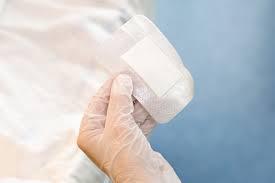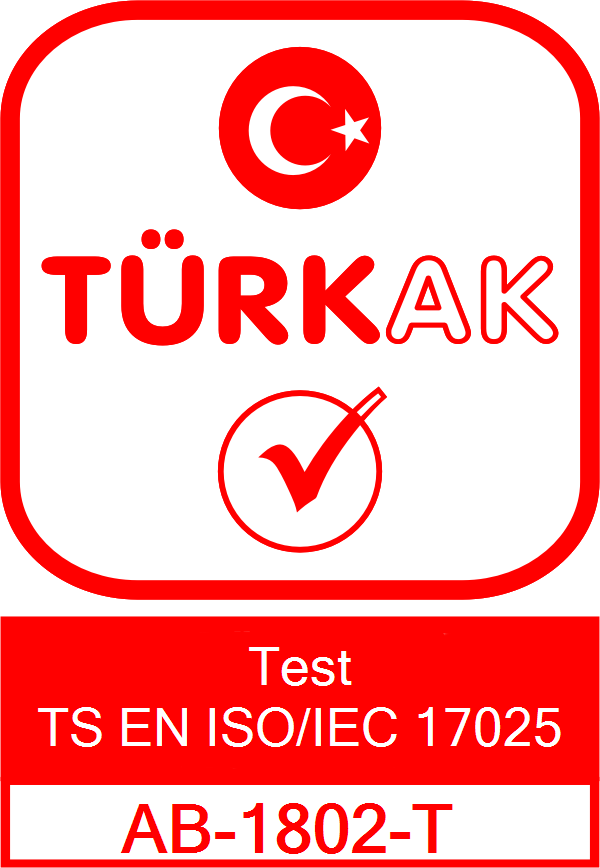
Test Method for Antibacterial Finishes on Textile Materials
Test Method for Antibacterial Finishes on Textile Materials
Contents
The AATCC 100 test method is a standard test used to evaluate the antibacterial properties of textile materials. Developed by the American Association of Textile Chemists and Colorists (AATCC), this test is commonly employed to gauge the efficacy of a textile material in inhibiting the growth of bacteria on its surface. It is often used for textiles designed for healthcare settings, sportswear, and other applications where antibacterial properties are desired. This test is one of the most commonly cited methods in both the textile and healthcare industries for quantifying the performance of antibacterial finishes on fabrics.
### General Procedure
Although the specific protocol may vary, the general procedure of the AATCC 100 test usually involves the following steps:
1. **Inoculation**: A known concentration of a bacterial strain (often Staphylococcus aureus or Klebsiella pneumoniae) is applied to both the treated textile sample and an untreated control.
2. **Incubation**: The inoculated samples are incubated under controlled environmental conditions for a specified period (usually 24 hours).
3. **Retrieval and Enumeration**: After incubation, the bacterial population on the test and control samples is assessed by removing the bacteria from the fabric and counting the number of bacterial colonies.
4. **Calculation**: The performance of the antibacterial finish is determined by comparing the bacterial counts on the treated and untreated samples.
### Evaluation
The test typically evaluates:
- **Percent reduction in bacterial population**: This is calculated by comparing the number of bacteria present on the treated sample to the untreated control.
- **Durability**: Sometimes, multiple rounds of testing are conducted after washing the textile sample to assess the durability of the antibacterial finish.
### Importance
Passing the AATCC 100 test indicates that the textile has effective antibacterial properties under the test conditions, making it suitable for its intended use.
It is essential to note that test conditions, bacterial strains used, and other factors can vary. Therefore, it is crucial to refer to the most recent version of the standard for the specific procedures and conditions.
Note: The information provided is a general outline, and anyone conducting the test should consult the official AATCC 100 standard for complete and accurate details.

